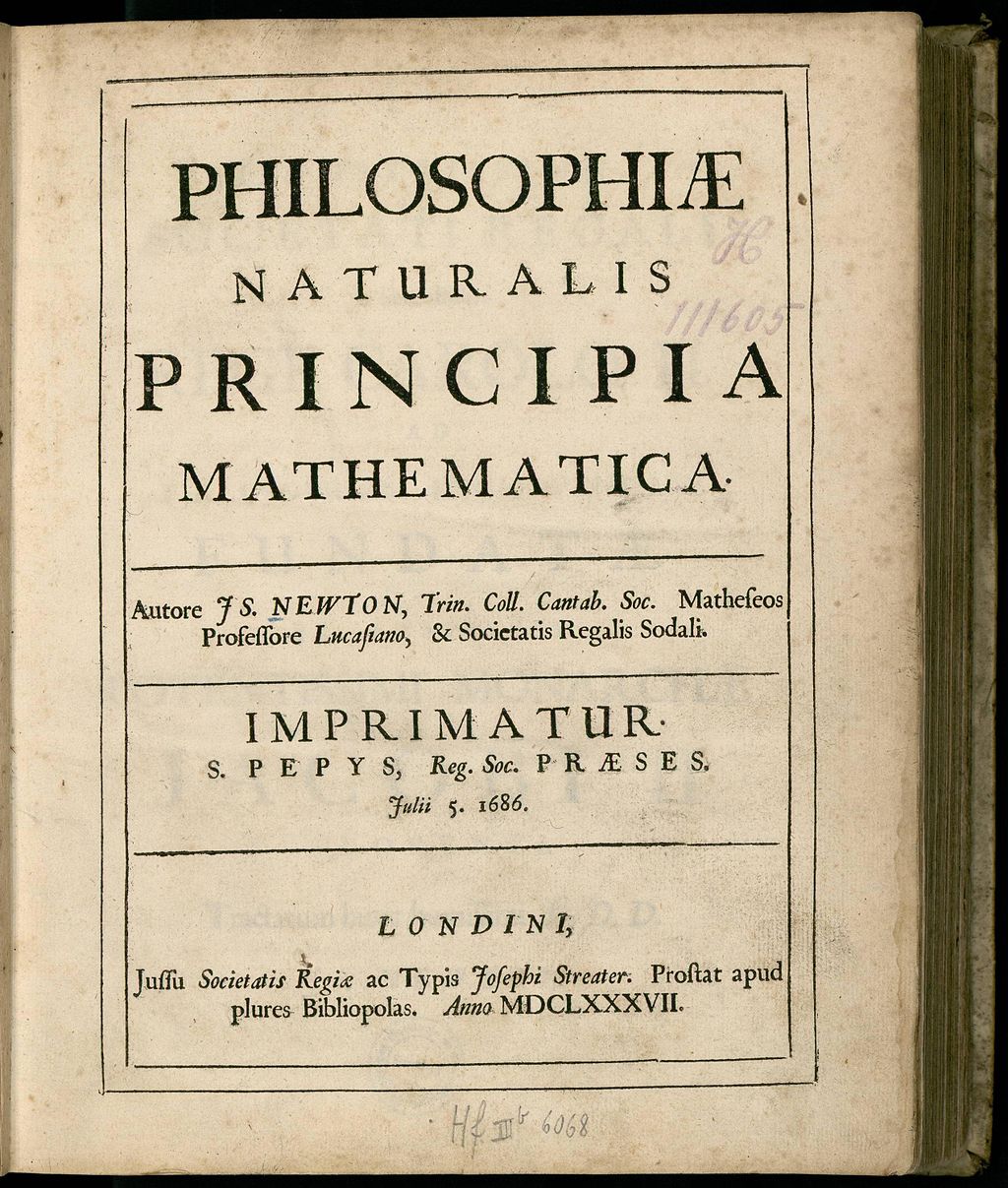4
 . It’s Einstein’s most famous creation which shows that,
energy and mass is in fact, the same. One is transformable to another.
. It’s Einstein’s most famous creation which shows that,
energy and mass is in fact, the same. One is transformable to another.
Welcome to the age, where science rules every
sphere of life- Modern age. This age started in early 20th century.
Between Newton and Einstein, there had been no important researches on
astronomy, which can be highlighted. So, from the period Newton’s death to
Einstein’s birth (1727-1879), astronomy-science was in hibernation.
Albert Einstein; we all honor him as one of the
greatest scientists of time. He was devoted to Newton’s laws. But there was
something wrong! Newton’s concept is at average works everywhere, but it can’t
explain some particular incidents specifically. Scientific method was developed
in late 19th century. According to this new method, a theory that
fails to explain a specific incident; is thrown to trash. So, Newton’s
researches were trashed in order to establish another revolution- The
Einstein-revolution; A controversy of ages.
Einstein reached a new decision- the relativity.
It’s a theory, which supports almost no constants. Everything is variable
according to it. Einstein himself became an epic legend!
Einstein declined the theory of gravity. He
thought of a universal structure, where space-time itself, is geodesic. He
assembled all the space, time, mass and physical motions in a single theory.
There is no absolute space, or absolute time. Universe is neither infinite nor
limited. There is nothing beyond its volume.
 |
| Equation that changed our view forever. |
In 1910 and 20s, Einstein published his
researches, including the both parts of the relativity theory- General theory
of Relativity and Special theory of relativity. Einstein achieved Noble prize
in physics in 1921 for his research on law of photoelectric effect.
Einstein’s concept required a new kind of view. There
also required a new type of geometry, where the summation of tree angle of a
triangle is not equal to zero!
According to Einstein’s concept, mass bends
space-time, and even, it slows down the speed of light! Parallels meet at a
point. And even, many postulates and corollaries of Euclidian geometry are
declined by this geodesic mathematical system. Universe is not flat as Newton
thought. But it is more complex in structure that, no scientists had thought
about it ever before Einstein.
 |
| Relativity: Mass bends Space-time Fabric |
Einstein’s theory successfully explained the
fluctuation of the orbits of the planets and their moons. The tip of Mercury
often fluctuates. The following theory also explained that.
Einstein’s universe is expanding. But once, he
did a big mistake. He couldn’t believe that universe can expand. He was
influenced by the traditional constant-universe concept and created a constant.
It is called Einstein’s gravitational constant. This didn’t support his theory.
Later, when Edwin P Hubble observed the space and found that the universe is
open and expanding; Einstein declared his constant as the greatest mistake of
his life.
Einstein and his works are hard to describe in
words. There are many funny stories about him in public. This great scientist
died on 1955.


